Survival Stories
Top 7 States for Off-Grid Living: Experts Weigh In
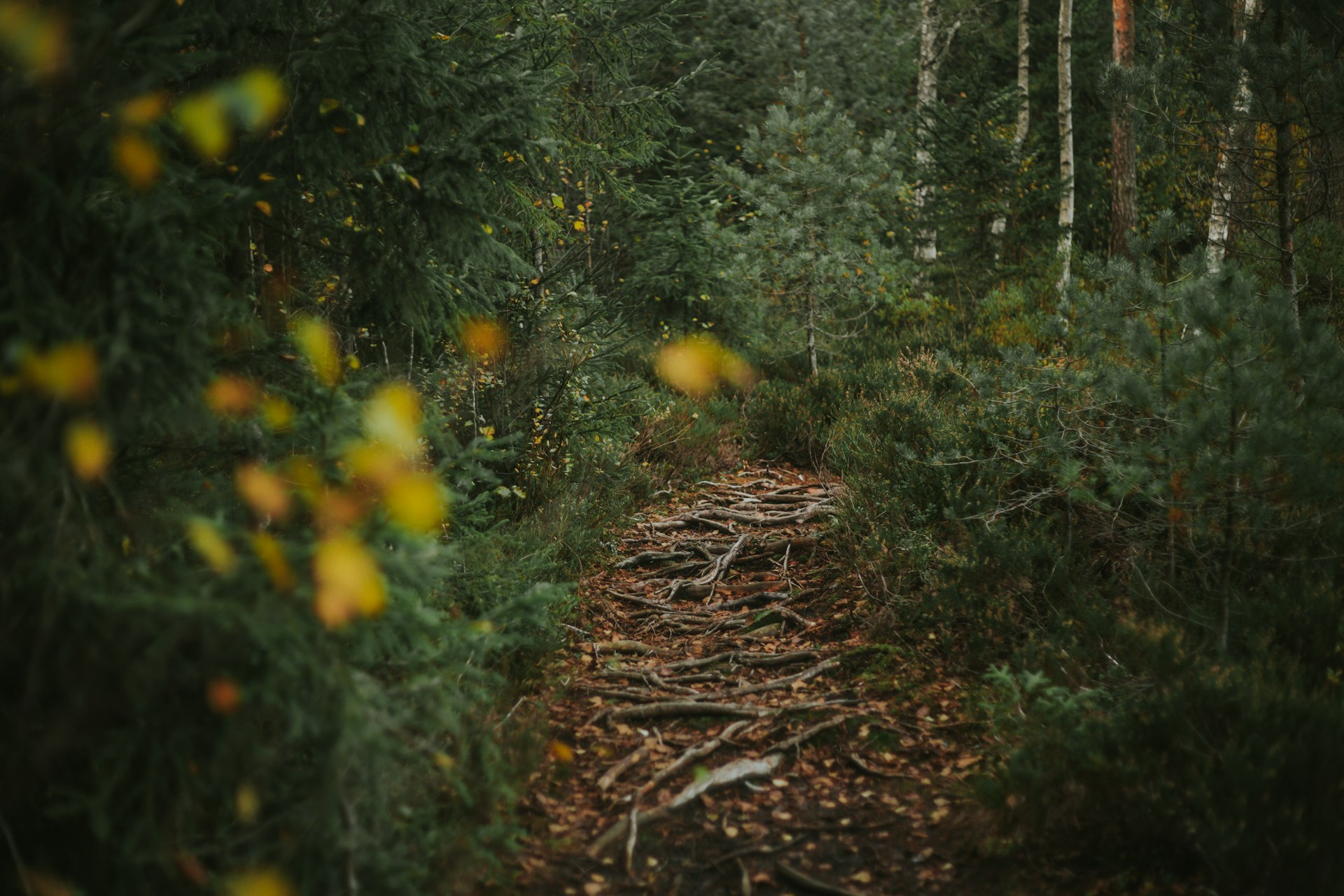
Choosing to live off-grid is a decision that comes with many motivations. Some individuals are driven by a desire to reduce their environmental footprint, while others are seeking a lifestyle that deviates from the norm. This could mean adopting a more minimalist approach to life, gaining greater financial independence, or simply enjoying the solitude or community that off-grid living can provide. For those who prefer a nomadic lifestyle, off-grid living can offer the freedom to explore different locations. And for others, it’s an opportunity to engage in homesteading. But where are the best places in the U.S. to live off-grid? Let’s delve into the top seven states recommended by a panel of 11 experts well-versed in the off-grid lifestyle.
Tennessee tops the list, with its stunning landscapes and rich natural resources. The state enjoys a temperate climate, offering a taste of all four seasons. As Off Grid Permaculture points out, Tennessee’s average rainfall of over 50 inches provides ample opportunity for off-gridders to legally harvest rainwater.
Zendure highlights a unique feature of Tennessee: “One unique aspect of living off the grid in Tennessee is the availability of homesteading opportunities on public land. This means that individuals can apply to live and work on government-owned land for a low cost or even for free.” This, along with the state’s fertile land that offers a growing season of over eight months, makes Tennessee an attractive choice for off-grid living. Peter Heinzl concurs, noting, “Tennessee stands out as a budget-friendly haven for off-grid enthusiasts.”
Missouri is another state that actively supports off-grid living. Survival Sullivan reveals that there are areas in Missouri where no zoning or building codes exist. The state ensures the safety of your well and septic systems, but otherwise allows you to live as you please.
Persurvive points out that “Missouri has cheap land prices, making it a great option for those looking for an affordable place to settle.” The state’s temperate climate is ideal for crop cultivation. Furthermore, Invest Guiding mentions the Dancing Rabbit Ecovillage, a sustainable living community that can be an invaluable resource for those choosing Missouri as their off-grid home.
Texas, the second-largest state in the U.S., offers a variety of climates and vast agricultural opportunities due to its size and diverse ecosystems, as Zero & Zen explains. The state encourages renewable energy, with Zendure noting, “The Renewable Energy Investment Tax Credit provides financial incentives for individuals who install solar panels or wind turbines on their property.” Off Grid Grandpa also points out that Texas has a relatively low cost of living and property prices, making it an attractive choice for those seeking to live off-grid.
Wyoming, the least populated state in the U.S., is ideal for those seeking solitude. Primal Survivor notes, “Wyoming is known for its can-do and self-reliant attitude,” a characteristic that aligns well with the off-grid lifestyle. The state’s long winters and short summers, as mentioned by Survival Sullivan, may limit crop diversity, requiring some creativity for those intending to grow their own food.
Invest Guiding highlights Wyoming’s relaxed regulations and abundance of areas with no zoning rules, making it a great choice for those interested in mobile or tiny homes. The state also supports renewable energy, exempting solar equipment from sales tax and offering rebates for the cost.
Montana, with its stunning landscapes and outdoor activities, is another financially wise choice for off-grid living, thanks to its lack of state income tax and relatively low property taxes. Peter Heinzl notes that Montana’s real estate market offers “land options that won’t burn a hole in your pocket.” Emoffgrid adds that Montana offers options for solar, wind, and hydroelectric energy, allowing residents to “enjoy off-grid life with self-power production.”
Oregon, with its thriving homesteading culture and over 30,000 small farms, is another excellent choice for off-grid living. Primal Survivor notes, “You’ll find lots of local support for off-grid living, such as workshops, grant programs and farmer’s markets for selling homemade goods.” The state’s long growing season of over 200 days, as mentioned by Ecoflow, makes it ideal for those planning to grow their own food.
Finally, Maine offers stunning coastlines, streams, and rivers, providing a variety of seafood options. Zero & Zen notes, “Maine offers vast forests, a low population density, and access to freshwater sources.” Off Grid Grandpa adds that Maine offers several incentives and rebates for renewable energy, making it an affordable choice for off-grid living.
When choosing to live off-grid, it’s important to consider financial implications, the skills and knowledge required for maintenance and repair, food production, and emergency care, potential lifestyle changes, and location characteristics such as climate and natural disasters. Remember, this lifestyle isn’t for everyone, but for those who choose it, it can be incredibly rewarding.
Our Thoughts
Choosing an off-grid lifestyle is an appealing choice for many, driven by varied motivations. It’s fascinating to see states like Tennessee, known for its stunning landscapes and rich resources, top the list. The state’s homesteading opportunities on public land are a unique feature that provides an affordable option for those seeking to live closer to nature.
Missouri’s lax zoning and building codes, combined with affordable land prices, make it a viable choice for off-grid enthusiasts. Texas, with its diverse ecosystems and financial incentives for renewable energy, is another attractive option.
Wyoming’s self-reliant attitude and relaxed regulations align well with the off-grid lifestyle, despite its long winters that may pose challenges for crop diversity. Montana’s financial advantages and options for various renewable energy sources make it a wise choice.
Oregon’s thriving homesteading culture and long growing season are appealing, especially for those planning to grow their own food. Lastly, Maine, with its vast forests, low population density, and incentives for renewable energy, is an enticing option.
Choosing to live off-grid is a significant decision that requires careful consideration of various factors. It’s not for everyone, but for those who embrace it, it’s a rewarding lifestyle that brings them closer to nature and fosters self-reliance.
Let us know what you think, please share your thoughts in the comments below.

Survival Stories
Rep. Mace’s Capitol Encounter Sparks Controversy and Legal Battle

James McIntyre, a 33-year-old from Illinois, has pleaded not guilty to a misdemeanor assault charge following an incident involving Rep. Nancy Mace on Capitol grounds. The alleged encounter occurred on a Tuesday night, leading to McIntyre’s arrest for reportedly assaulting a government official.
The incident unfolded when McIntyre approached Rep. Mace and offered to shake her hand. According to a police affidavit, two witnesses observed the interaction and described McIntyre as a man in his forties. When Mace extended her hand, McIntyre allegedly clasped it with both hands and “shook her arm up and down in an exaggerated, aggressive hand shaking motion.”
Witnesses managed to identify McIntyre through an internet posting, providing his name and photo to the U.S. Capitol Police. Mace corroborated the witnesses’ accounts, stating that she attempted to withdraw her hand but was unable to do so. She reported feeling intimidated and experienced pain in her wrist, arm, and shoulder following the encounter.
During the aggressive handshake, McIntyre reportedly stated, “Trans youth deserve advocacy.” Mace refrained from responding during the incident, later expressing her shock and discomfort.
After the event, Mace took to social media to inform her followers of the situation.
“I was physically accosted tonight on Capitol grounds over my fight to protect women. Capitol police have arrested him,” Mace shared in a post on X. “All the violence and threats keep proving our point. Women deserve to be safe. Your threats will not stop my fight for women!”
She continued to discuss the incident on social media, revealing in one post that she had spoken with President-elect Trump.
“Thank you, Mr. President, for checking in on me and standing up for women,” Mace wrote. “We cannot wait to see you back in the White House.”
In another post, she shared an image of herself with her arm in a sling, highlighting the physical impact of the encounter.
The incident comes amidst Mace’s outspoken opposition to transgender individuals using bathrooms that do not align with their biological gender. She has been particularly vocal against Rep.-elect Sarah McBride, a Democrat from Delaware, using the women’s restrooms on Capitol Hill.
Mace has reported receiving death threats and feels she is being “unfairly targeted” for her stance. Her proposed resolution, H.R. 1579, aims to restrict bathroom use in the House to facilities matching one’s biological sex.
Following McIntyre’s arraignment in the Superior Court of the District of Columbia, a magistrate judge ordered his release. Meanwhile, Mace’s office has not provided an update on her condition.
Let us know what you think, please share your thoughts in the comments below.
Survival Stories
Unseen Advantage: Law Enforcement’s Rapid Adoption of Optics

In the world of law enforcement and survival, the ability to quickly and accurately assess a situation can make all the difference. This is why the rapid adoption of optics by law enforcement agencies is hardly surprising. These tools provide a wealth of visual information, aiding in making more informed decisions. A key factor in the selection of these optics is the window size, but it seems that co-witness sights, which can sometimes occupy half of the entire optic window, often don’t receive the attention they deserve.
“Without question, the speed with which LE agencies have adopted optics is testament to the advantage they offer: more visual information that yields better decisions.”
Interestingly, suppressor height sights are frequently paired with optics. To comprehend why this particular sight remains a popular choice when selecting co-witnessing sights, we must journey back in time. Around 2009, shooters, both professional and non-professional, began to repurpose a solution initially designed for Close Quarters Battle (CQB) rifle work for use on pistols.
The Trijicon RMR, a compact electronic optic, was a welcome alternative to the larger optics typically seen on competition pistols. Its smaller size offered more holster options, less likelihood of snagging in the field, and a more robust window and housing. As a result, it addressed many of the issues raised by professional users, leading to a shift towards an optics sighting solution within the firearms community.
“The smaller footprint meant more holster options, less to get caught on while in the field, and a less delicate window and housing.”
This shift was spearheaded by individuals in the military, law enforcement, defensive firearms instruction, and competition professionals. With the introduction of these optics, performance improved, and new shooters were able to develop accuracy and speed more quickly. The instinctual focal plane response to stress, which previously had to be trained out, could now be utilized as an asset by Firearms Instructors working with students who had optics on their pistols.
“Performance increased, accuracy and speed developed sooner with new shooters, the intuitive and instinctual focal plane response to stress no longer needed to be trained out—and instead, the threat-focus could now be an asset used by Firearms Instructors working with students who had optics on their pistols.”
As the popularity of optics grew, the aftermarket and firearms manufacturers responded by supporting this “new” sighting system. However, one critical component of the system was often overlooked: the back-up sights. This oversight highlights the need for a comprehensive approach to firearm optics, one that considers all elements of the sighting system to ensure optimal performance and safety.
Our Thoughts
The adoption of optics in law enforcement is a testament to the technology’s effectiveness. It’s no surprise that tools that enhance visual information, thus enabling better decision-making, have become a staple in the arsenal of law enforcement agencies.
The rise of the Trijicon RMR is particularly noteworthy. Its compact size and robust design addressed many of the practical concerns of professional users, leading to a broader acceptance of optics as a sighting solution.
The benefits of these optics extend beyond their practicality. They have brought about a shift in the training of new shooters, turning the instinctual focal plane response to stress into an asset rather than a hurdle to overcome. This has undoubtedly contributed to the improved performance observed among new shooters.
However, the focus on the main optic often results in the neglect of back-up sights. This is a reminder that a comprehensive approach to firearm optics is necessary to ensure optimal performance and safety. After all, a tool is only as good as the system supporting it.
Let us know what you think, please share your thoughts in the comments below.
Survival Stories
Mental Resilience: The Overlooked Key to Survival Success
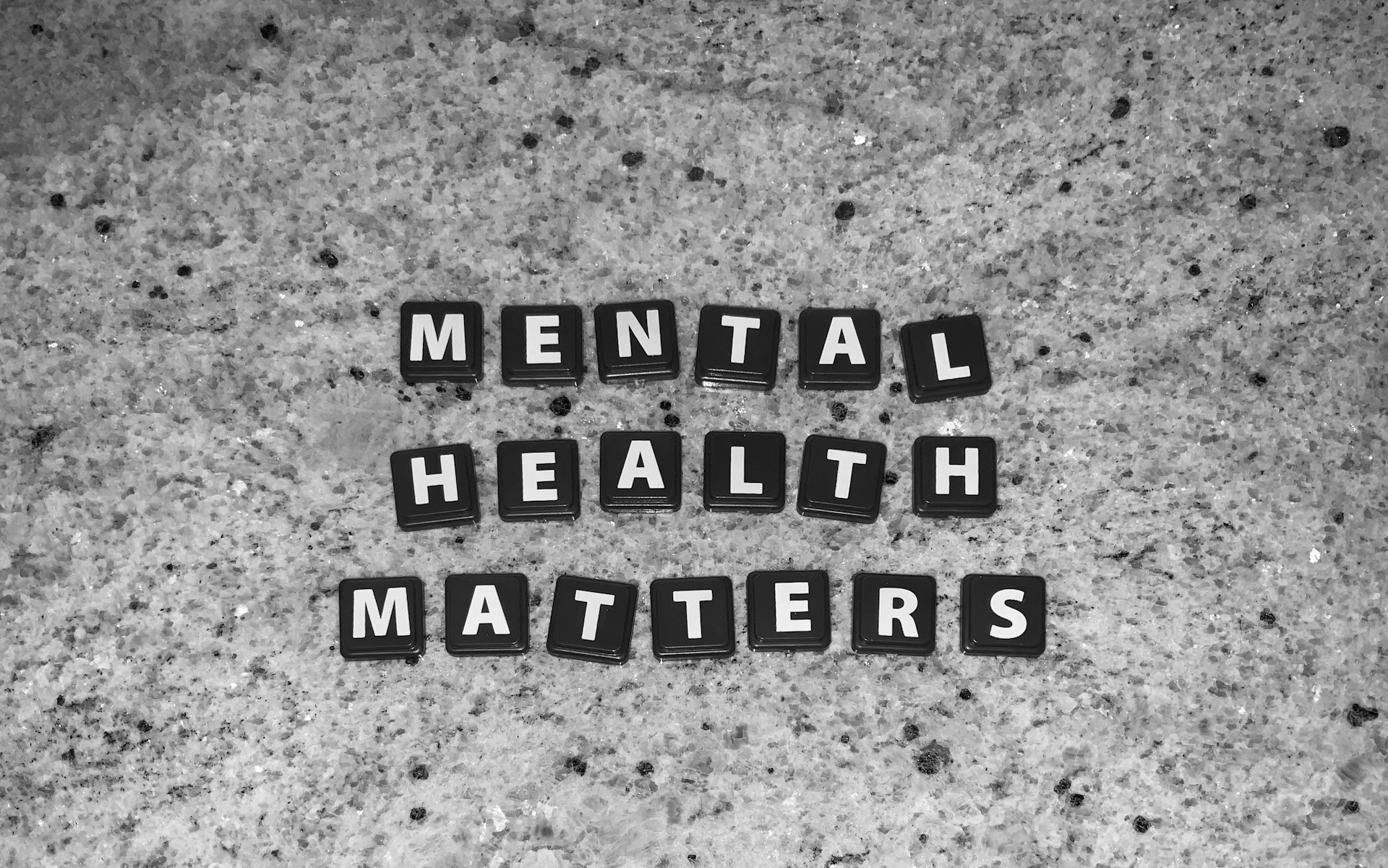
In the realm of survival, we often focus on the physical aspects: the gear, the skills, the terrain. Yet, one crucial element often overlooked is our mental health. As a seasoned survivalist and a licensed mental health therapist, I’ve experienced firsthand the importance of mental resilience in a crisis.
I recall an incident during my first exploration of Red Rock Canyon. The vast, humbling landscape was a sight to behold, but it was also a formidable challenge. Despite my preparations, I found myself lost on a wild game trail, far from the intended path.
“Okay, no big deal,” I reassured myself. “I’ll just retrace my steps.”
But the creeping sense of panic was undeniable. I was low on water, surrounded by thick brush, and far from any signal. It was in this moment that my mental health training became as crucial as my survival skills.
“If anyone can figure this out, I can.” I thought. Or rather, tried to convince myself….
The human brain has a built-in survival mechanism known as the fight-flight-freeze response. When faced with danger, our heart rate increases, our pupils dilate, and our breathing becomes rapid. While these physiological changes can enhance our strength and speed, they can also lead to panic attacks, which can be detrimental in a survival scenario.
Soldiers and first responders are trained to manage this response, and so can civilians. Understanding mental health first aid can be a lifesaver in personal emergencies or when trying to calm someone else in a crisis.
“Okay…” I thought, “let’s just backtrack a little. See if I can’t find the main trail.”
I remembered the acronym S.T.O.P., taught in wilderness survival classes: Sit, Think, Observe, Plan. I sat down, focused on my breathing, and began to regain control of my racing thoughts.
“Breathe.” I thought. “In through the nose, slow. SLOW. Hold it for a few seconds. Now release through the mouth even slower. Pause. Repeat.”
I knew I had to control my thoughts to improve my feelings and make good decisions. Catastrophic thinking like “I’m gonna die” or “What if a rattlesnake bites me?” could trigger panic mode.
“Okay, what do we know?” I thought. “I know I can’t be too far off-course, no more than a couple miles. I know a few people knew generally where I was going (but not the specific trailhead) and that I expected to be back by nightfall. I know I have survival training and some kit with me that would help me make it through the night if needed. I can do this.”
After observing my surroundings and assessing my resources, I made a plan. I decided to head in the direction of what I believed to be a road, using a large branch to tap the ground in front of me to ward off any potential rattlesnakes.
In the end, I made it back to my vehicle without having to spend the night in the desert. The experience was a stark reminder of the importance of mental health in survival situations.
In the aftermath of a crisis, people will be in panic mode. Knowing how to guide someone through the stresses of a crisis can help mitigate some of the negative effects of traumatic events.
First, ensure the scene is safe. Then, assess the group, find helpers, and triage the situation. Ground the person by asking them to describe their surroundings and their feelings. Encourage slow, deliberate breathing and validate their experiences.
Long-term effects of repeated activation of the fight-flight-freeze response can include panic attacks, nightmares, and flashbacks. If you’re prone to these symptoms and find the techniques described here aren’t helping, consider seeking help from a licensed therapist.
Remember, it’s not a matter of being weak or strong. Some of the bravest individuals I’ve worked with have sought therapy for their symptoms. It takes great strength and bravery to ask for help.
Since my experience in Red Rock Canyon, I’ve incorporated mental health first aid and awareness into my survival teachings. I’ve also adjusted my approach to hiking, ensuring I communicate my exact route and expected return time, carry more water, and stay focused on the trail.
Survival isn’t just about the physical. It’s about the mental too. And with the right skills and mindset, we can navigate any crisis with resilience.
Our Thoughts
This compelling account underscores the often overlooked but critical role mental health plays in survival scenarios. The author’s experience in Red Rock Canyon drives home the importance of not just physical preparation, but mental preparedness as well.
The fight-flight-freeze response, while instinctual, can be detrimental if not properly managed. As survivalists, we should heed the author’s advice and learn to control this response, much like soldiers and first responders are trained to do.
The S.T.O.P. method is a useful tool in regaining control of our thoughts and feelings in high-stress situations. It’s not just about physical survival skills, it’s about mental resilience and clarity of thought.
Moreover, the importance of understanding mental health first aid cannot be overstated. It can be a lifesaver, not just for ourselves, but for others in crisis.
Ultimately, the author’s story is a reminder that survival isn’t just about the gear, the terrain, or the skills — it’s about the mind too. And in the face of adversity, with the right mindset, we can navigate through any crisis with resilience.
Let us know what you think, please share your thoughts in the comments below.
-
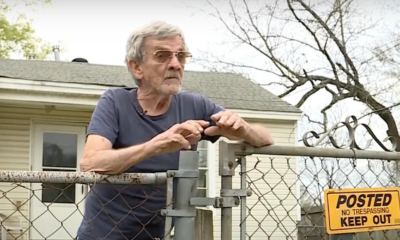
 Tactical1 year ago
Tactical1 year ago70-Year-Old Fends Off Intruder with Lead-Powered Message
-
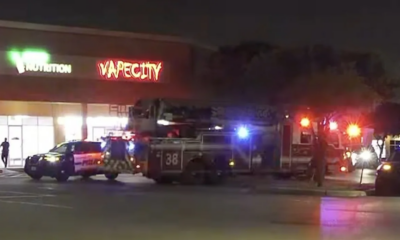
 Tactical1 year ago
Tactical1 year agoVape Shop Employee Confronts Armed Crooks, Sends Them Running
-

 Preparedness11 months ago
Preparedness11 months agoEx-Ballerina’s Guilty Verdict Sends Tremors Through Gun-Owner Community
-

 Preparedness10 months ago
Preparedness10 months agoGood Samaritan Saves Trooper in Harrowing Interstate Confrontation
-

 Tactical1 year ago
Tactical1 year agoMidnight SUV Theft Interrupted by Armed Homeowner’s Retaliation
-
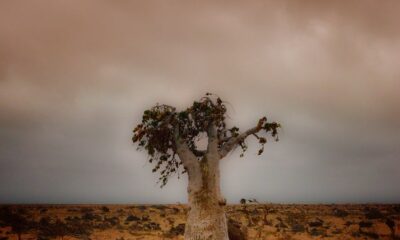
 Survival Stories2 years ago
Survival Stories2 years agoEmily’s 30-Day Experience of Being Stranded on a Desert Island
-

 Preparedness10 months ago
Preparedness10 months agoArizona Engineer’s Headless Body Found in Desert: Friend Charged
-

 Preparedness10 months ago
Preparedness10 months agoBoy Saves Dad from Bear Attack with One Perfect Shot
Jackie Walden
March 23, 2024 at 11:37 am
Montana has both incomes taxes and a relatively high property tax. It does not have a sales tax.